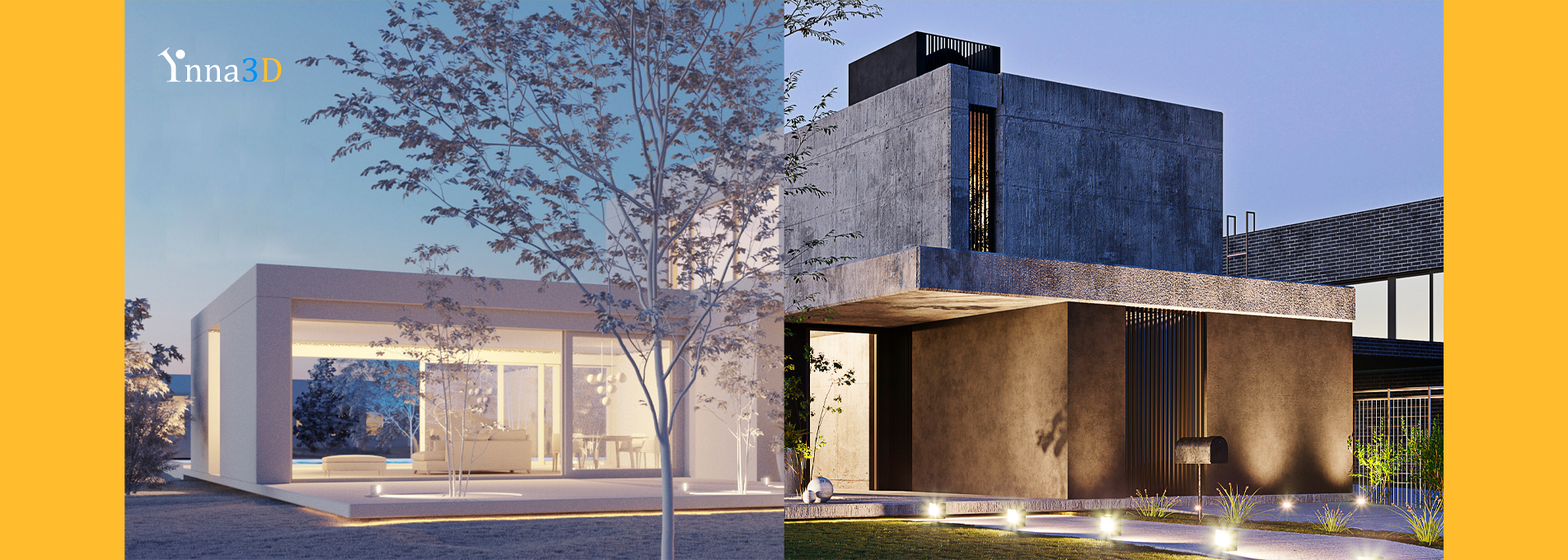Architectural Visualization: Its Value In Real Estate Market

The era of real estate business is harmonized by 3D Architectural Visualization. With the constant increase in demand for new types of real estate property and the urge to see what the dream infrastructure will look like in real life, the architectural industry relies on 3D architectural visualization.
It is because of companies like INNA 3D and the technologies they offer architects are now able to realize how the building will look even though they are still drawn on virtually.
As the lifestyle of people is improving, the real estate market is becoming increasingly competitive. Everyone wants to own a real estate property that is built using the latest technologies and full of modern amenities.
That being said, today, we will discuss architectural visualization and its impact on the real estate industry.
What Is Architectural Visualization?

Architectural visualization is the process of creating 3D models of real estate infrastructures. This includes buildings, malls, office space, and much more. The field gives the architects and property developers a deep understanding of the tools to play with and create virtual reality-enabled tours. This helps attract investors and buyers.
If someone is out there looking for the right real estate property to invest in, they would want to see what the property looks like. Architectural visualization helps develop a real-life model of the structures using powerful computers and tools.
You can even say that, at its core, Architectural visualization is a powerful communication tool. In the visual field, like architecture, it helps developers communicate with investors and buyers in a more creative way.
How Developers Take Advantage Of Architectural Visualization
The most important part of any real estate project is securing investors for any proposed site. While the investors might be interested in the project, if they don’t understand the project, they will not invest.
You need to understand that a casual investor will have a hard time understanding complicated, technical architectural plans. Therefore, you need to offer your plans in such a way that they will be able to understand them easily.
This is where architectural visualization software helps. They create a real-life looking model in virtual reality where you take virtual tours of the real estate property.
Top-quality rendering not only inspires investors but also increases the excitement of the project.
How Construction Firms Take Advantage Of Architectural Visualization
It is a given that an architectural schematic is important for engineers. But, architectural visualization very much holds its place in the process.
The only way an on-site team creates what’s in your mind in real life is by knowing what exactly is in your mind. This can only be possible if they have any visual references.
What’s more, in-house executives, who are responsible for the project, are able to bridge the gaps by offering clients a 3D model of the real estate projects.
How Realtors Take Advantage Of Architectural Visualization

A realtor’s primary goal is to market the project and attract more investors and clients. Architectural visualization not only helps clients to understand what they are getting into but also sells the development even before the project is completed.
Realtors use the 3D model to market the project and showcase the features of the real estate property. Based on the features, realtors can even price the property.
Before the construction begins, an excellent real estate visualization enables clients to view the structure in a photogenic experience. Such an experience can get clients emotionally invested in the project.
The Future Of Architectural Visualization
One thing is certain, the future of architectural visualization is exciting. As we move forward, new technologies are making architectural rendering software more efficient and cost-effective. Hence, developers can come up with more realistic videos and images in less time.
The increased efficiency of 3D architectural visualization helps the design process become more streamlined and iterative.
Today, an architect can come up with a plan and model, quickly render it to find faults, make the necessary changes and present a final model.
Perhaps the most exciting part of architectural visualization is virtual reality. If everything goes as planned, architects can take their clients and investors on virtual tours.
Additionals:











Leave A Reply